It began with quiet words from State Department officials: Apply for a new passport immediately. You may soon be going to a country for which ordinary U.S. passports are not valid for travel.
Vague as it was, the instruction to two reporters last Friday left little doubt about our mystery destination: North Korea.
Secretary of State Mike Pompeo had visited the capital, Pyongyang, in complete secrecy while he was still CIA chief in early April to set the stage for an unprecedented summit between President Donald Trump and North Korean leader Kim Jong Un.
Now, Washington was abuzz with rumors that he would be heading back soon to finalize details for the summit and bring back three U.S. citizens who had been held by North Korea for more than a year for alleged anti-state activities.
It would turn out to be my second visit to the isolated, authoritarian nation. Eighteen years ago, I had accompanied Madeleine Albright on her historic trip to North Korea, the first-ever by a sitting secretary of state — a highly choreographed and publicized two-day affair covered by some 80 journalists.
But this was something completely different: an under-the-radar, secret mission with only two American reporters as independent witnesses.
Since the death last year of Otto Warmbier, the American college student who suffered brain damage while in North Korean custody, U.S. nationals have been prohibited from traveling to North Korea without special passport validation.
An hour after handing over our passports, Carol Morello of The Washington Post and I were in possession of new ones and an extraordinary letter.
“Dear Mr. Lee,” mine read, “The Department of State grants your May 4, 2018 request for a special validation permitting travel to the Democratic People’s Republic of Korea … Based on the information provided, we determined that the validation is in the national interest of the United States.”
The “national interest of the United States.” Hmm, I pondered, had I ever done anything before that would qualify?
Carol and I, who cover the State Department, were told to pack a bag and be on stand-by, but given no departure time, let alone a date. We were sworn to secrecy and advised that any leak of a potential Pompeo return to Pyongyang would be grounds for the two press seats on his plane to go empty.
Rumors of the trip intensified through the weekend as European diplomats who wanted to meet with Pompeo to discuss the administration’s imminent decision on the Iran deal — which Trump was preparing to withdraw from — were being told he would be out of the country on North Korea-related travel.
Still, Saturday and Sunday passed with no word.
Then, late on Monday afternoon, we were told we’d depart from the department’s Foggy Bottom headquarters at 7:45 that night. We would fly overnight with refueling stops in Alaska and Japan, and go on to North Korea, returning in reverse order at some undetermined point. The State Department had allotted 10 hours of time on the ground. Officials cautioned though that it could be as many as 24 hours depending on the unpredictable North Koreans.
We left in a two-van motorcade from the department’s underground parking garage with spokeswoman Heather Nauert, a translator and other Pompeo aides for Joint Base Andrews outside Washington. A staffer’s forgotten bag caused a brief bit of alarm amid concern that our brief return to the Harry S. Truman building could attract unwanted attention. Once at Andrews, we waited for Pompeo to arrive and soon the U.S. Air Force C-32, a converted Boeing 757, its fuselage emblazoned with “United States of America” with tail number 80001, was airborne. Destination: Pyongyang, capital of the most reclusive nation on Earth.
So began a four-day journey with no confirmed schedule on the ground in North Korea, no guarantee of the prisoners’ release or on progress for the summit and little to no sleep.
When I’d visited in 2000 as a reporter for the French news agency Agence France-Presse to cover Albright, circumstances were very different. For one, no special passport was needed. Dozens of journalists had either flown with the secretary of state or taken charter flights from Beijing to Pyongyang to cover the events. There were organized press tours of the capital and a mass stadium show hosted by the current leader’s late father, Kim Jong Il.
The dynamics between Washington and Pyongyang, still long-time adversaries, had changed, too, and in unpredictable ways. Trump and the younger Kim had traded threats and insults during 2017 as North Korea conducted atomic and ballistic missile tests, fueling fears of war. Then this year, the rhetoric had cooled significantly and Kim had made an extraordinary offer to meet with Trump, an invitation the president accepted with startling alacrity.
Notwithstanding the secret arrangements for Pompeo’s return trip, we wouldn’t be the first to report it.
As our plane descended Tuesday into the U.S. air base in Yokota, Japan, for its second refueling stop, Trump announced that his top diplomat was on his way to Pyongyang.
It came during his highly anticipated declaration that he was withdrawing the U.S. from the Iran nuclear deal. Trump would use the fact of Pompeo’s visit to counter criticism that the Iran decision meant he was not interested in negotiating with adversaries.
After a quick cold shower, which would be the only bathing opportunity in four days, we left Japan for the two-and-a-half-hour flight north and arrived at the Pyongyang airport early Wednesday morning. All normal communications were effectively shut down with staffers carrying “burn phones” on which they could text and a limited number of satellite phones for emergency use only.
Pompeo was greeted by North Korean dignitaries and boarded a Mercedes limousine. We climbed aboard a Chevy van, identified by logos on the spare tire and driver’s console as “The American Road.” The driver, whether or not he spoke or understood English, was non-communicative, so our questions about “The American Road” went unanswered.
Pyongyang had changed a lot in two decades. There were more tall buildings and more vehicles, but certainly still far fewer than in other world capitals. Also different were the smartly uniformed female traffic cops who had once directed a minuscule number of cars with precision gestures. They had moved from the middle of intersections to the corners, apparently due to the installation of stoplights.
After a winding drive past grandiose memorials, museums, government offices and revolutionary billboards, we arrived at the city’s main hotel for foreign visitors, the Koryo International, where many of us had stayed when Albright visited in 2000. The hotel re-opened last year after a renovation aimed at ridding it of its Soviet-style appearance, with gleaming marble floors and walls. The elevators, however, remained as slow as they had been 18 years earlier.
With Pompeo’s uncertain schedule, the Koryo lobby, bookstore, luxury goods market, coffee shop and traditional Korean restaurant were Carol’s and my base for the next nearly 13 hours while he met and lunched with North Korean officials and finally left for closed-door talks with Kim, just an hour after receiving confirmation that the meeting was, in fact, on. We waited for news over endless cups of coffee.
The bookstore offered some respite. It sold treatises by Kim Il Sung, North Korea’s founder and the current leader’s grandfather, and by Kim Jong Il on their life and politics. There was also a book of anecdotes about Kim Jong Un that had a chapter on the importance of well-fed dolphins. Postcards depicting North Korea’s military might — missiles raining down on a geographic feature adorned with the Stars and Stripes and the Statue of Liberty under siege — were big sellers, according to the clerk. Dollars, euros, yen, Chinese yuan all happily accepted, she said.
But essentially we had a long, boring wait.
Still, the Koryo can offer up surprises.
Eighteen years ago, it was the appearance of a German aid worker, Norbert Vollertson, who seized on the rare presence of foreign correspondents to risk expulsion by illegally driving one of them out of town to show him squalid living conditions and human rights abuses. He was later deported.
On Wednesday, it was when hotel staffers suddenly began to stare in rapt attention at televisions tuned to North Korean state television. It was a special report, breaking news to North Koreans about Kim’s two-day trip earlier that week to Dalian, China, to meet with Chinese President Xi Jinping. He’d traveled by plane not train: the first trip abroad by air by a North Korean leader in decades. The trip was treated as an epic and historic event that analysts said could have been a test flight to prepare for Kim’s upcoming summit with Trump.
After Pompeo finally returned from his 90-minute meeting with Kim, he gave a “fingers-crossed” response when asked if the American prisoners would be released. About 10 minutes later, a North Korean emissary arrived to give him the good news: They would be released. We would be heading home soon.
A small team of medical personnel and officials were dispatched to collect the three detainees. The rest of us, including Pompeo, drove to the airport to board the plane for the long journey back to Washington.
As the prisoners arrived, we caught a glimpse of them leaving their vehicle and walking up stairs to the plane. Unlike Warmbier, they were ambulatory and appeared in good spirits as they boarded. They were sequestered in the middle section of the plane with curtains closed.
They were transferred to another, smaller government jet in Japan, and we would not see them again until they arrived at Andrews and emerged from their aircraft with Trump. We watched online on our cell phones from a distance as we and our plane were held far from the event, too far to make out faces or any details.
In 2000, I had written a story comparing Pyongyang to a real-life version of “The Truman Show,” the 1998 film about a man living in a reality created for television. Standing on the tarmac in the wee hours of Thursday morning and staring at a live feed of the prisoners’ return on my iPhone while Trump greeted them hundreds of yards away, that sense returned.
(AP)

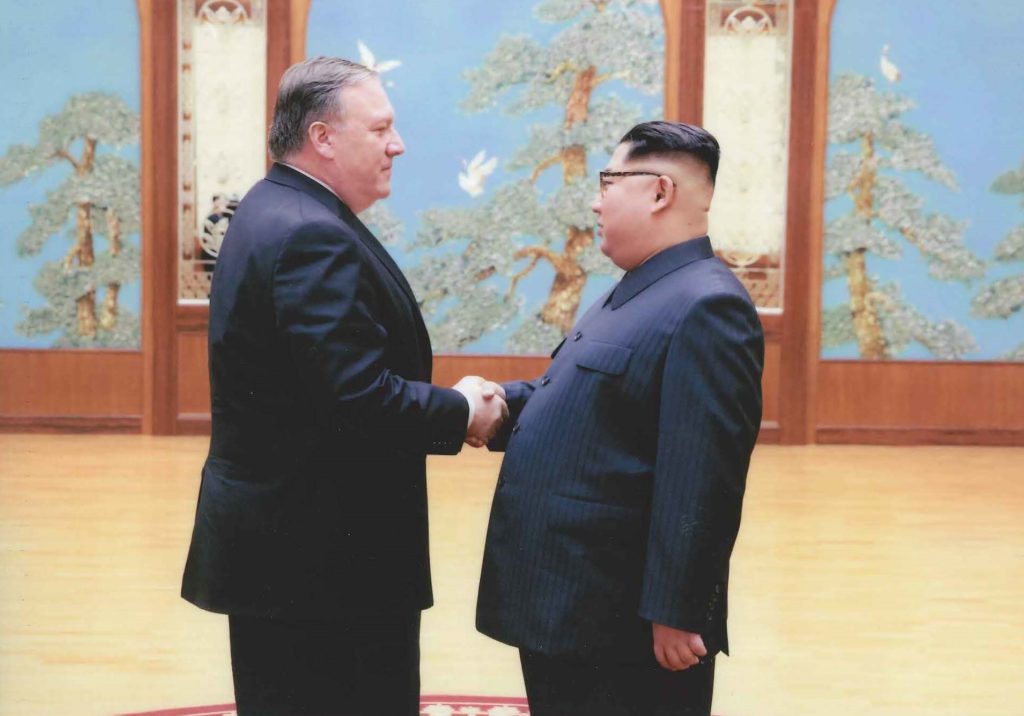
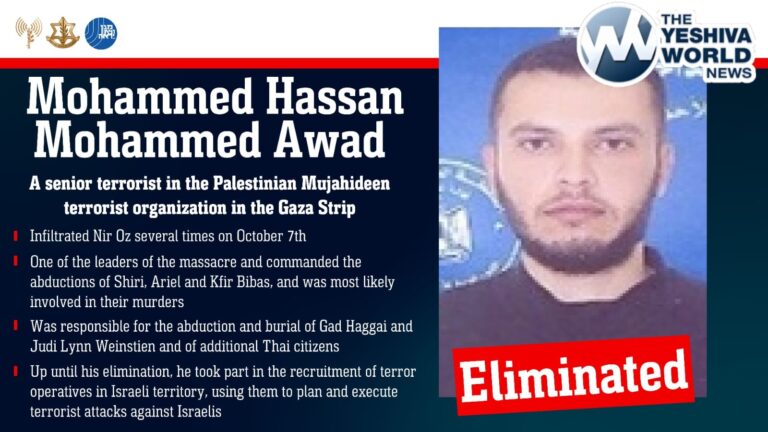
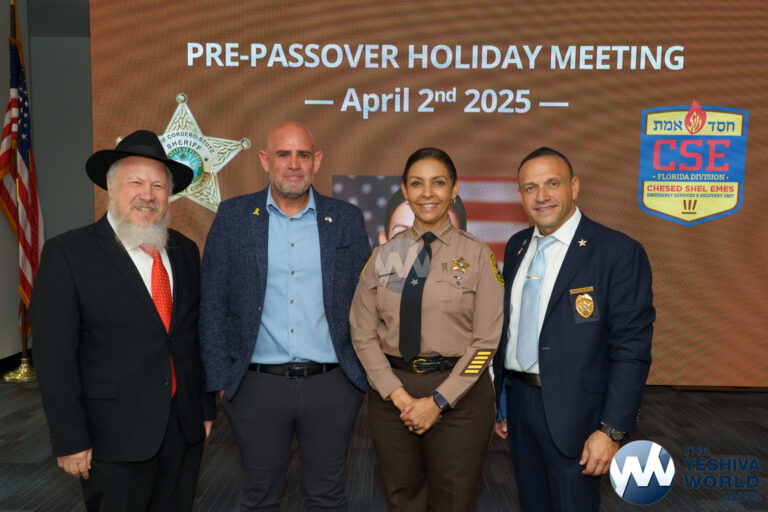
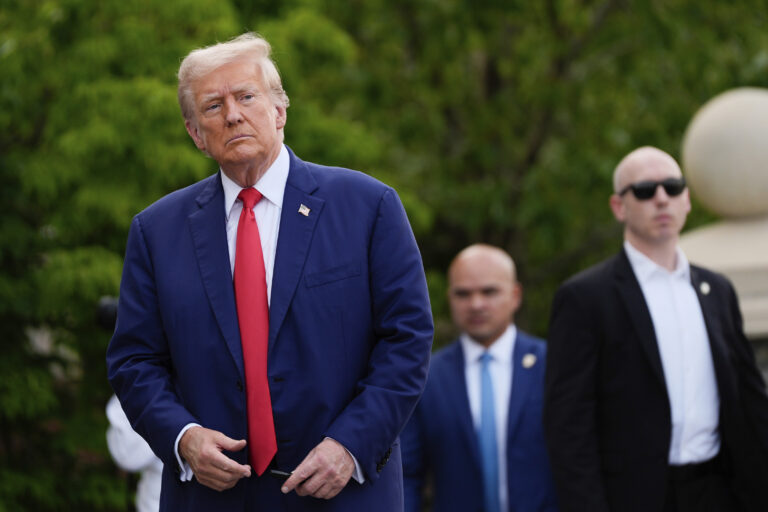
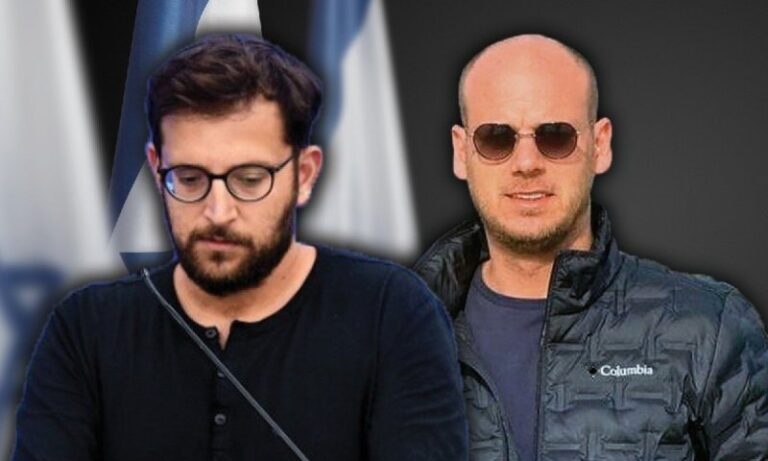
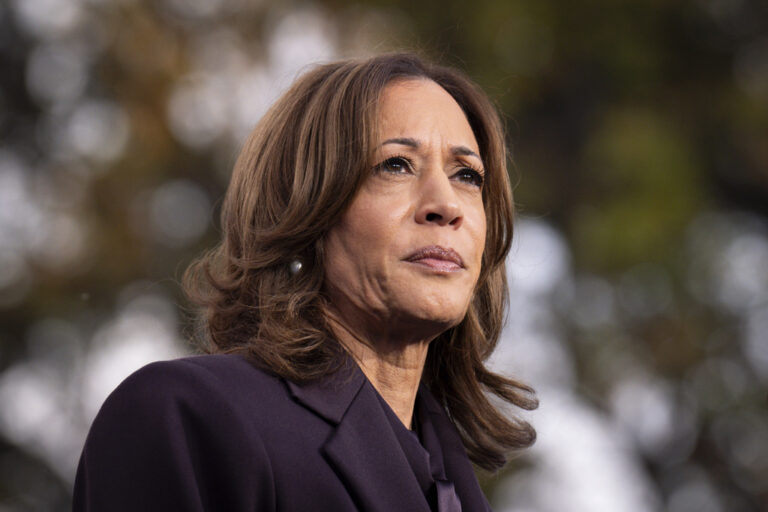
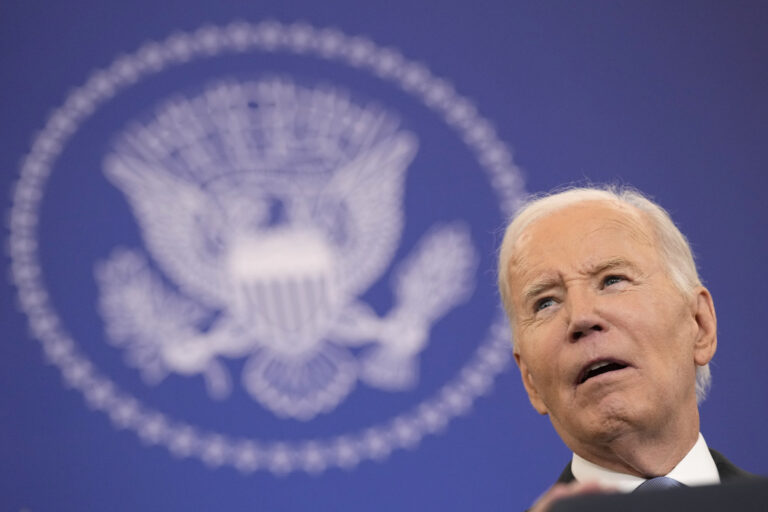

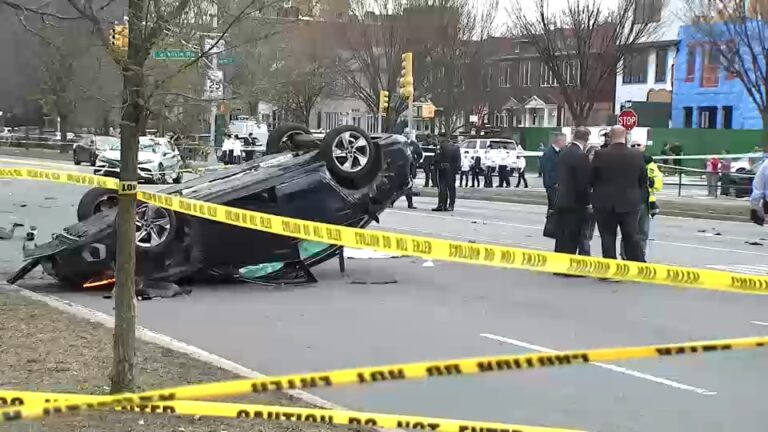
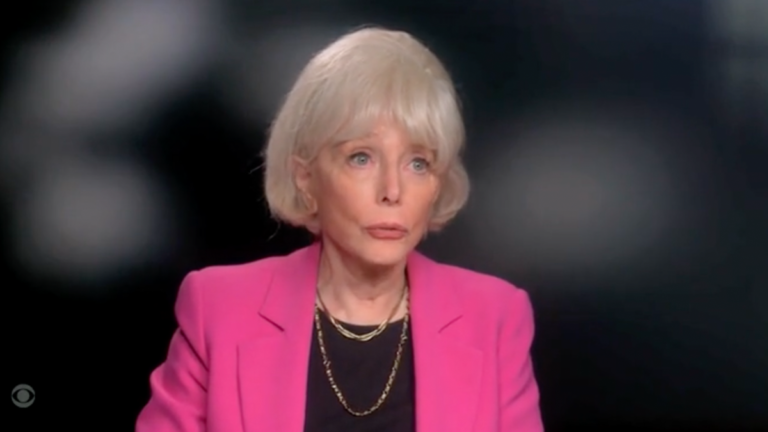
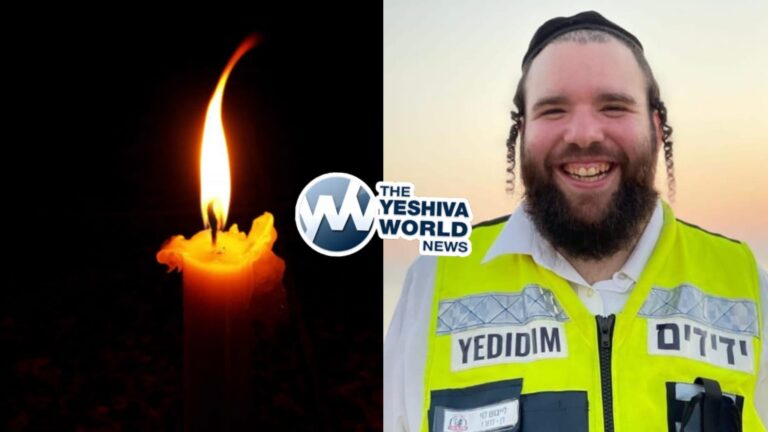
2 Responses
Please identify the reporter who authored this article.
Bintheb; He is identified as Mr. Lee. Of course that’s pretty vague.
Based on the article it’s unclear why the reporters were asked to come along altogether as they weren’t allowed to see or do much of anything.